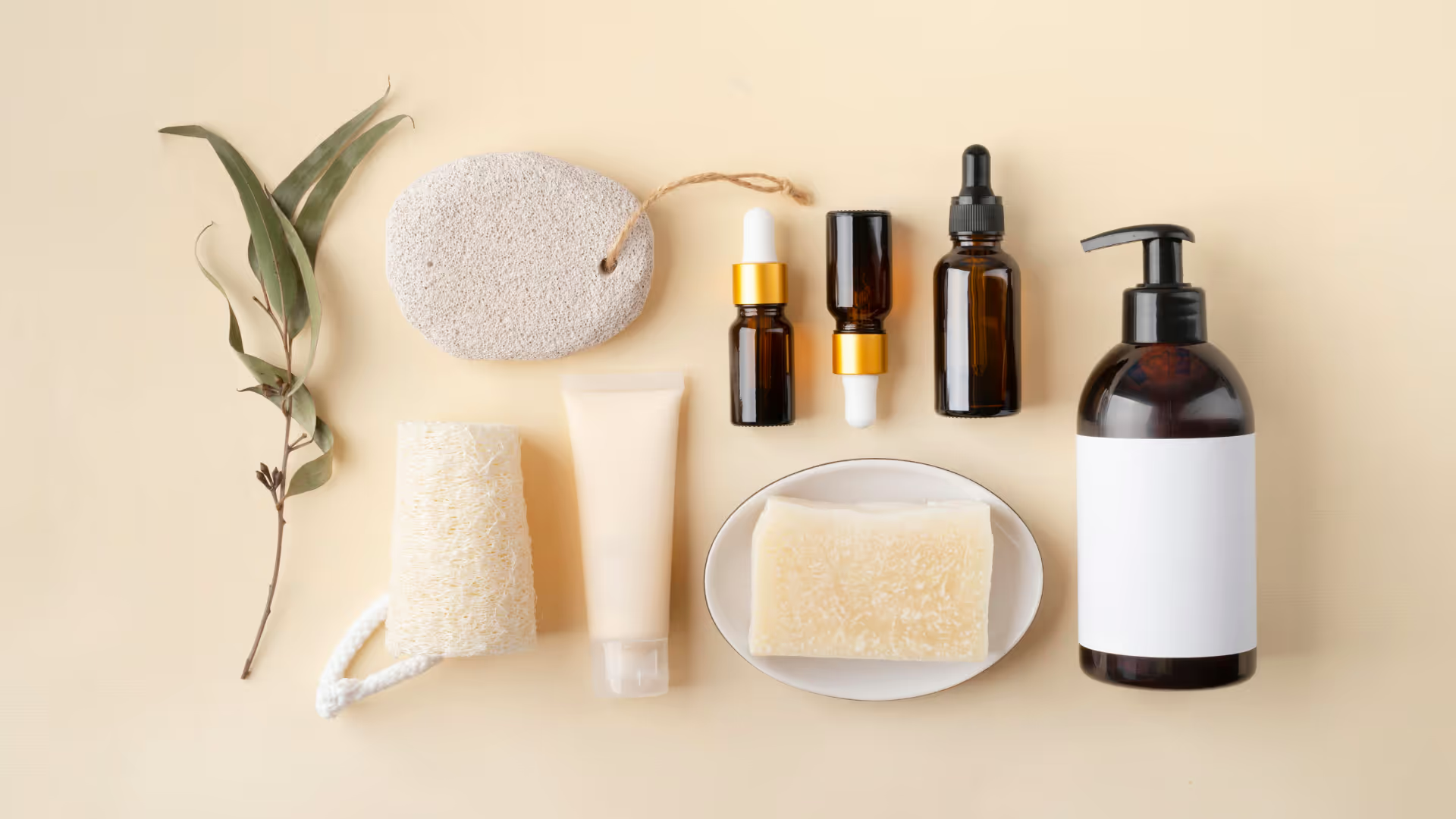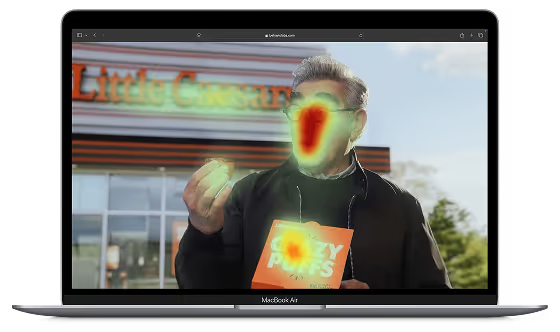Every marketer knows the feeling: you’ve got a creative idea that seems perfect in the room, but will it actually connect with your audience? That’s where ad concept testing comes in.
Testing ad concepts before production helps brands validate ideas with real people, so they can move forward confidently knowing what will resonate, what won’t, and what to improve.
Whether you’re testing a storyboard, script, or animatic, creative testing gives you data on how people feel, what they understand, and how clearly your brand comes across, long before the first shoot or media spend.
The power of concept testing
Concept testing is one of the smartest ways to optimize ad campaigns before launch. By using behavioral data rather than gut feeling, marketers can see how audiences respond across three key dimensions:
- Branding: Is the brand easy to recognize and remember?
- Need: Does the main message or product benefit come through clearly?
- Emotion: Does the idea create the intended reaction: excitement, joy, curiosity, or inspiration?
When brands pre-test ad concepts, they can both reduce risk and unlock creative confidence.
Example: Becherovka’s “Bittersweet Nightcap”
A great example comes from Becherovka, a heritage Czech liqueur brand known for its distinctive green bottle and over 200 years of tradition.
The brand and its agency partner developed a campaign centered around the Becherovka bottle cap, which was meant to represent the last sip and the “bittersweet nightcap” moment.
Before investing in production, they ran a storyboard test on Behavio’s ad testing platform to see if the concept would resonate.
Within days, they had clear insights:
- Viewers recognized the Becherovka brand and understood the story’s symbolism.
- The emotional tone (nostalgic and slightly playful) landed as intended.
- However, the inclusion of a cream puff dessert in the scene felt off-brand to viewers.
That small detail could have subtly undermined the creative idea. Based on the feedback, the team swapped it for a strudel, which tested far better and aligned with Becherovka’s identity.
This is exactly why ad pre-testing matters. It helps marketers catch small creative issues before they become big production costs.
In Becherovka’s case, the result was a campaign that looked just as bold and imaginative, but connected more naturally with audiences.
Testing allowed the brand to make data-informed creative decisions while keeping the emotional heart of the campaign intact.
Key takeaways for marketers
- Test early, test smart. Concept testing during the storyboard or animatic phase saves time, money, and potential missteps.
- Small tweaks make a big impact. Even one visual or tonal adjustment can shift audience perception.
- Use data to elevate creativity. Behavioral insights don’t limit bold ideas; they make them stronger.
When you test ad concepts early, you move from guesswork to clarity. You know which ideas are strong enough to produce, and which need refining.
If you want to make sure your next campaign connects emotionally, communicates clearly, and strengthens your brand, try concept testing with Behavio.
Frequently asked questions
Absolutely. Affordable software solutions like Behavio now allow even small teams to upload creative ideas and get reliable insights within days.
Ad concept testing happens before an ad is finalized. It tests early ideas, visuals, and messages to identify what resonates best. Traditional ad testing, on the other hand, evaluates performance of a fully produced ad that may already be running in market.
Storyboard testing happens early in the creative process, using rough visuals and scripts to evaluate overall reactions. Finished ad testing measures responses to the final, polished spot. Both are valuable, but early testing gives brands time to make improvements while it’s still easy and inexpensive.











.avif)








